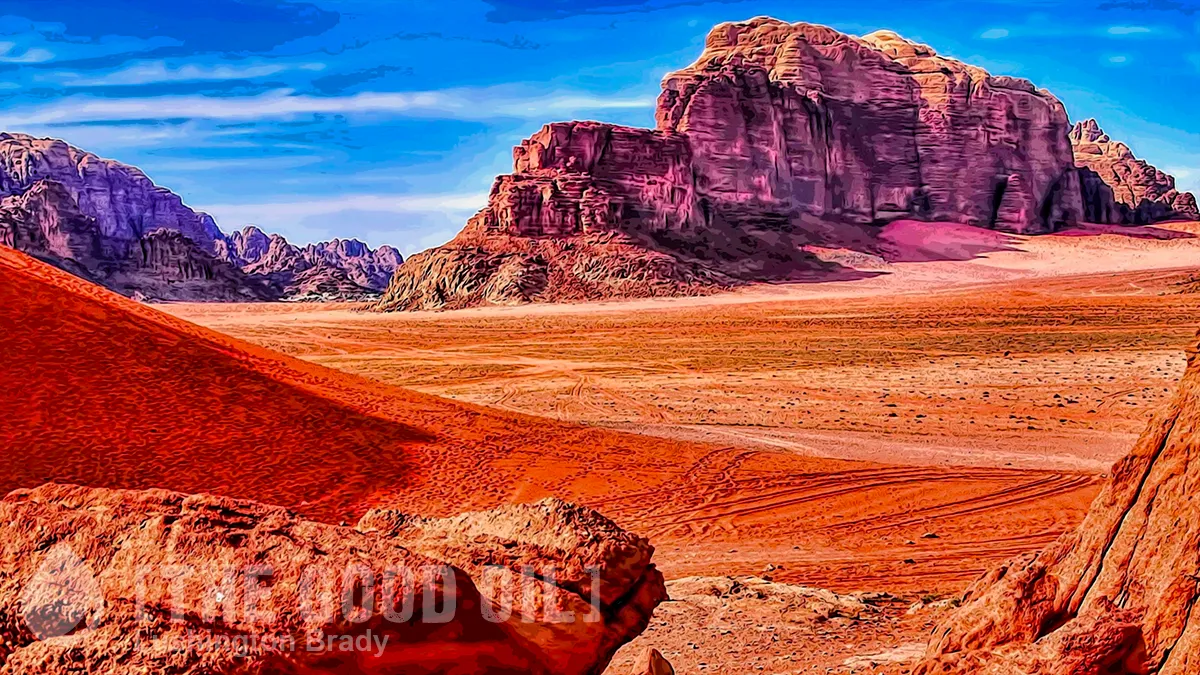Alright, the time for joking is aside: the world really is going to end. There’s no escaping it. It’s not science fiction: it’s science fact. Every living thing on Earth will be wiped off the face of the planet.
Of course, it won’t happen for another five billion years, but, hey, the precautionary principle, people!
If that seems like a ridiculous piece of scaremongering, then it’s no less so than this ‘serious’ report from “the premier internet destination for those who care about our planet and environment and want to make a difference”.
A new study suggests that extreme temperatures could lead to a mass extinction event – the first since the dinosaurs died out – that would ultimately end the reign of humans and mammals on Earth.
Oh, no! Panic stations! We must cut greenhouse gas emissions even harder!
Or not…
Dr Alexander Farnsworth, a Senior Research Associate at the University of Bristol, led the research that paints a grim picture of our planet’s distant future.
Wait… distant? How distant?
Scientists believe that Earth’s continents are slowly drifting and will eventually come together to form a single massive landmass, called Pangea Ultima.
What they’re not telling you is how slow that drift is. The formation of Pangea Ultima will take at least another 250 million years. Which means that this putative mass extinction is as far in the future as the Permian-Triassic extinction is in the past.
So, you’ll pardon me if I don’t give up fossil fuels just yet.
But they’re not just trying to create a false panic amongst the Climatards: they’re also almost certainly exaggerating the chances of mass extinction. That’s because the processes involved are so geologically slow that life will have ample time to evolve and adapt. After all, the last time there was similar supercontinent, the original Pangea, life thrived. It was the time of the dinosaurs.
First, the formation of the supercontinent would mean more land area far from the cooling effects of the ocean – a phenomenon known as the continentality effect.
Second, over millions of years, the sun will become brighter, emitting more energy and warming the Earth.
Third, increased volcanic activity due to tectonic movements would release more carbon dioxide into the atmosphere, trapping more heat.
How hot?
“Widespread temperatures of between 40 to 50° Celsius (104 to 122° Fahrenheit), and even greater daily extremes, compounded by high levels of humidity would ultimately seal our fate,” Dr Farnsworth added.
“Humans – along with many other species – would expire due to their inability to shed this heat through sweat, cooling their bodies.”
Well, if humans are still around in 250 million years, I rather suspect that they’ll be able to cope just fine. Assuming, of course, that the Climate Cult haven’t succeeded in plunging us back into the Stone Age, in the interim.
It should also be noted that the Jurassic was a much hotter period, with vastly higher atmospheric carbon dioxide, than today. It was a global paradise. Reptiles thrived even at present-day Arctic and Antarctic latitudes.
Ridiculously, though, they’re still trying to whip up the alarmism.
While this scenario is millions of years away, the researchers stress that we shouldn’t lose sight of the current climate crisis.
No, what they shouldn’t do is abuse what is otherwise decent science by trying to yoke it to their silly political bandwagons.
And they wonder why so many people distrust them.









